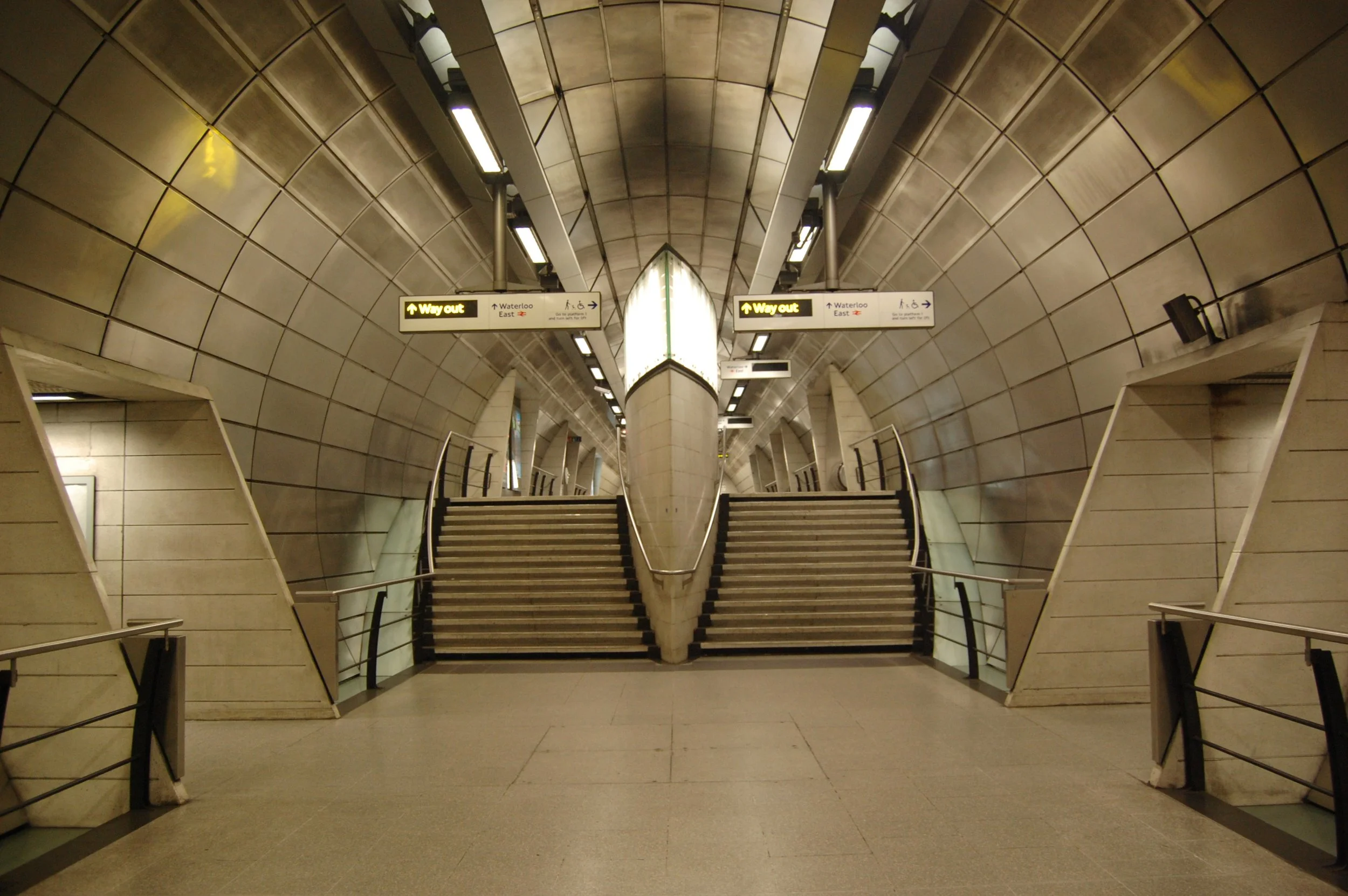Listing of postwar buildings
Listing of postwar buildings
We have advised on the potential listing; revised listing description or Certificates of Immunity from Listing (COIs) on a range of high-profile post-war buildings. These include the Gun Wharf campus in Chatham, Kent (Designed by Arup Associates, 1974); the International Terminal building at Waterloo Railway Station (Grimshaw, 1994); a series of stations along the Jubilee Line (various architects, 1999); the Palaeontology Wing at the Natural History Museum (Ministry of Public Building and Works, 1975) and the Royal Opera House (Dixon Jones, 1999).
For Certificates of Immunity from Listing, we have supported several clients through the Certificate of Immunity from Listing process, completing thorough, honest and robust assessments of ‘listability’ to accompany such applications. These reports set out the merits and significance of the subject buildings together with our professional views as to whether they meet listing requirements and are respected and appreciated by Historic England for their balanced and professional approach. Examples include the successful application of COIs for twentieth-century buildings on the Wandsworth Council’s Alton West Estate; a series of railway stations on the Abellio Greater Anglia network and.
For the Southwark and North Greenwich Underground Stations, we worked with Historic England to provide a comprehensive and honest assessment of the buildings, their merit and an assessment for listing the stations against the relevant criteria. Following our work, the buildings were not listed but a long-term relationship between the client and Historic England was established to enable forthcoming, heritage-led development around both buildings.
For the International Terminal building at Waterloo, it was put forward for listing, jeapordising a package of work that had been prepared bring it back into operation after nearly a decade of disuse. We advised on the listing process as well as on the historic and architectural significance of the Terminal. We provided an authoritative assessment of its significance, based on which we advised on the potential outcomes of the listing application and the risks associated with them, and recommended ways in which the works could be carried out to minimise harm to significance. A constructive dialogue with Historic England culminated in a decision not to recommend the building for listing.
Our advise has also led to buildings being listed or for enhanced and improved listing descriptions. We advised Medway Council on the heritage and significance of the Gun Wharf office complex in Chatham, Kent. The building was subsequently listed at Grade II by Historic England in 2015. Most recently, we have been undertaking an enhanced listing request for the Royal Opera House, the listing description of which does not take account of the comprehensive £140m refurbishment and extension completed in 1999.


